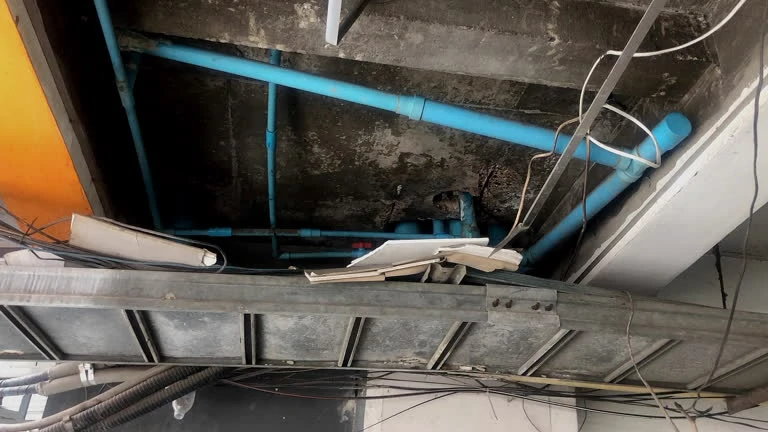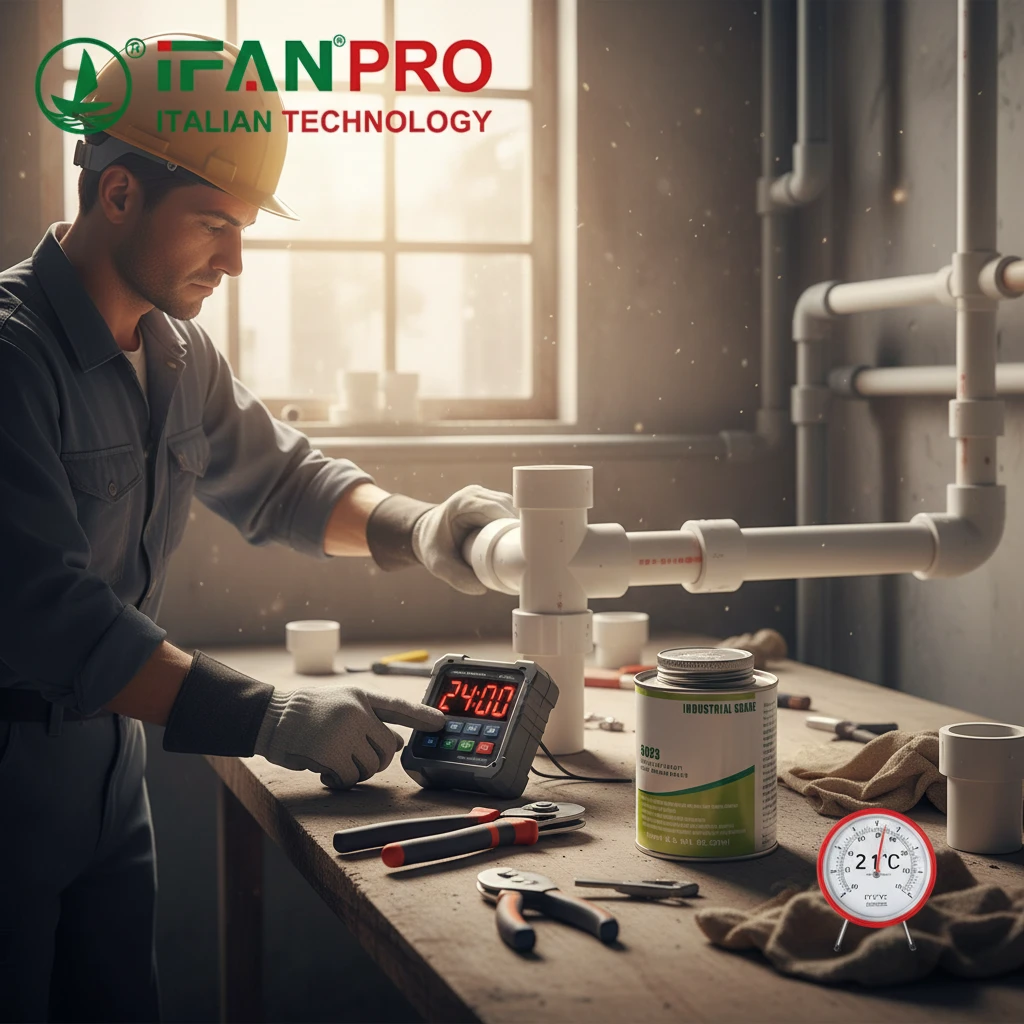PVC tube, widely used in various applications, offer many advantages, such as durability and cost-effectiveness. However, their environmental impact has become a subject of concern. This guide delves into the environmental impact of PVC tubes, exploring their production, usage, and disposal.
Production Process
The production of PVC (polyvinyl chloride) tube involves several stages, each contributing to the overall environmental footprint. Understanding these stages helps assess the impact more comprehensively.
Raw Material Extraction
PVC production starts with the extraction of raw materials, primarily petroleum and natural gas. These non-renewable resources undergo energy-intensive processes to create the base components of PVC, leading to significant greenhouse gas emissions.
Manufacturing Process
The manufacturing of PVC involves polymerization, where vinyl chloride monomer (VCM) molecules link to form PVC. This process consumes substantial energy and releases harmful chemicals, including dioxins, which are potent environmental pollutants and pose health risks.
Usage and Benefits
Despite environmental concerns, PVC tubes offer several benefits that contribute to their widespread use in various industries.
Longevity and Durability
PVC tubes boast a long lifespan, often exceeding 50 years. Their durability reduces the need for frequent replacements, conserving resources and minimizing waste generation over time.
Cost-Effectiveness
PVC tube are more affordable than many alternatives, making them a popular choice in construction and plumbing. Their cost-effectiveness allows for broader access to reliable piping solutions, especially in developing regions.
Environmental Concerns
The environmental impact of PVC tubes extends beyond their production, affecting ecosystems throughout their lifecycle.
Toxic Emissions
PVC production and disposal release toxic chemicals, including dioxins and heavy metals. These emissions can contaminate air, water, and soil, posing significant risks to human health and the environment.
Non-Biodegradability
PVC tubes are non-biodegradable, meaning they do not break down naturally over time. Discarded PVC tubes can persist in landfills for centuries, contributing to long-term environmental pollution.
Recycling and Waste Management
Effective recycling and waste management practices are crucial in mitigating the environmental impact of PVC tubes.
Recycling Challenges
Recycling PVC presents several challenges due to the presence of additives, such as plasticizers and stabilizers. These additives complicate the recycling process and can result in lower-quality recycled products.
Recycling Solutions
Advancements in recycling technology are improving the feasibility of PVC recycling. Mechanical recycling, where PVC waste is ground into granules and reprocessed, and feedstock recycling, which breaks PVC into its chemical components for reuse, offer potential solutions.
Regulatory Measures
Governments and organizations worldwide have implemented regulations to address the environmental impact of PVC tubes.
Production Regulations
Many countries enforce strict regulations on PVC production to limit harmful emissions. These regulations aim to reduce the release of toxic chemicals during manufacturing and promote safer production practices.
Recycling Initiatives
Recycling initiatives encourage the collection and processing of PVC waste. Governments and organizations support programs that facilitate the recycling of PVC tubes, aiming to reduce landfill waste and promote a circular economy.
Alternatives to PVC Tubes
Exploring alternatives to PVC tubes can help reduce environmental impact and promote sustainable practices.
Polyethylene Tubes
Polyethylene (PE) tubes offer a more environmentally friendly alternative to PVC. PE tubes are easier to recycle, have lower toxicity, and provide similar durability and cost-effectiveness.
Biodegradable Plastics
Biodegradable plastics, made from renewable resources, present another alternative. These materials break down naturally, reducing long-term environmental pollution and dependence on fossil fuels.
Consumer Choices and Responsibility
Consumers play a crucial role in mitigating the environmental impact of PVC tubes through informed choices and responsible practices.
Choosing Sustainable Products
Opting for PVC alternatives, such as PE or biodegradable plastics, can reduce environmental impact. Consumers should consider the lifecycle and environmental footprint of piping materials when making purchasing decisions.
Supporting Recycling Programs
Participating in recycling programs helps manage PVC waste more effectively. Proper disposal and recycling of PVC tubes prevent environmental pollution and support sustainable waste management practices.
Conclusion
The environmental impact of PVC tubes encompasses their production, usage, and disposal. While PVC tubes offer benefits such as durability and cost-effectiveness, their environmental footprint raises concerns. Effective recycling, regulatory measures, and exploring alternatives can mitigate these impacts. Consumers, manufacturers, and regulators must collaborate to promote sustainable practices and reduce the environmental burden of PVC tubes. Understanding the environmental impact of PVC tubes encourages informed choices and supports efforts toward a more sustainable future.
Connecter
IFAN est un fabricant chinois de tuyaux, de raccords et de vannes en plastique, fort de 30 ans d'expérience. Si vous êtes intéressé par IFAN Raccords en cuivre, vannes en cuivre, tuyaux et raccords en plastique, veuillez nous contacter. IFAN offers you a variety of standard pipes to meet your specific needs. Click below to learn more about IFAN’s wide range of affordable and cost-effective valve products and piping system related products.
We will reply your email or fax within 24 hours.
You can call us at any time if there is any question on our production.
For more information,pls visit our webside https://ifanpro.com/
Veuillez envoyer un courrier à l'adresse suivante [email protected]
Whatsapp : + 86 19857948982














Commentaires récents